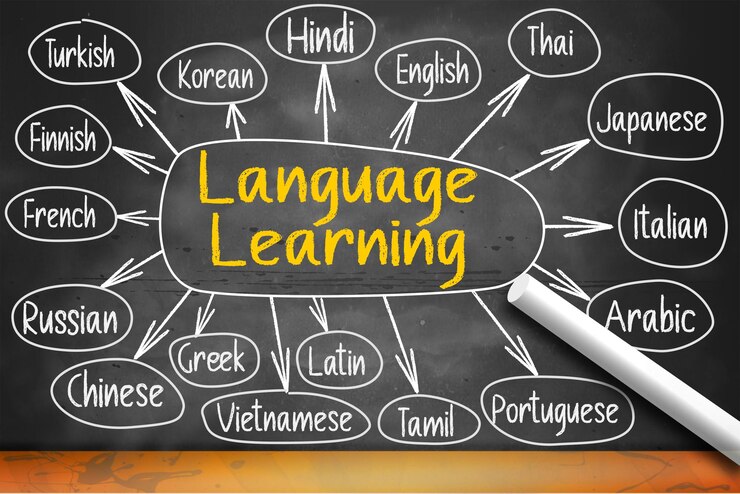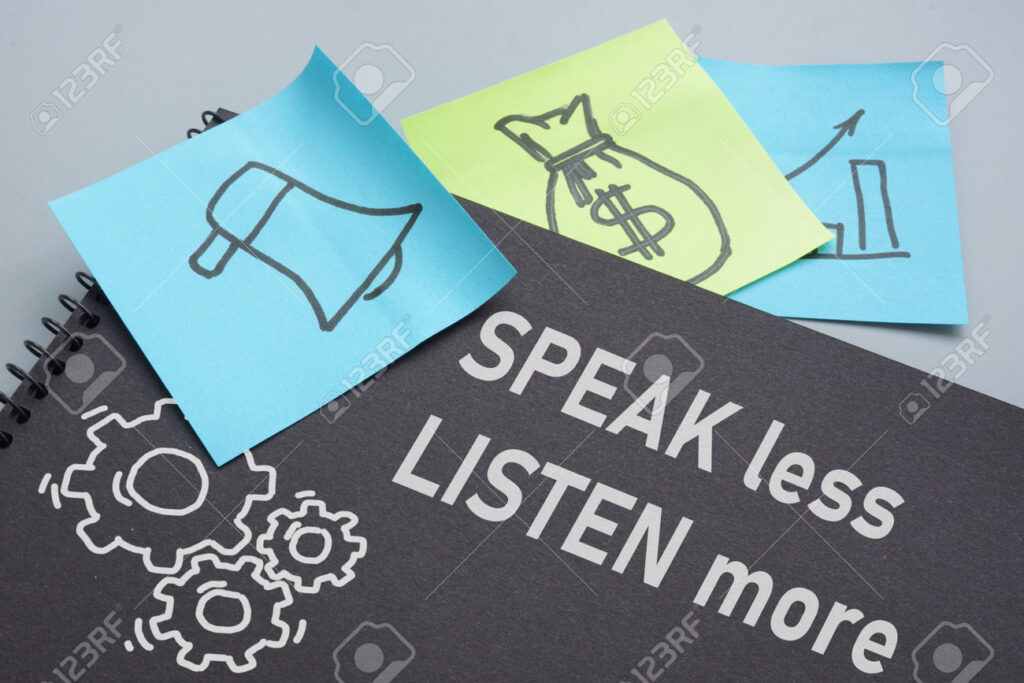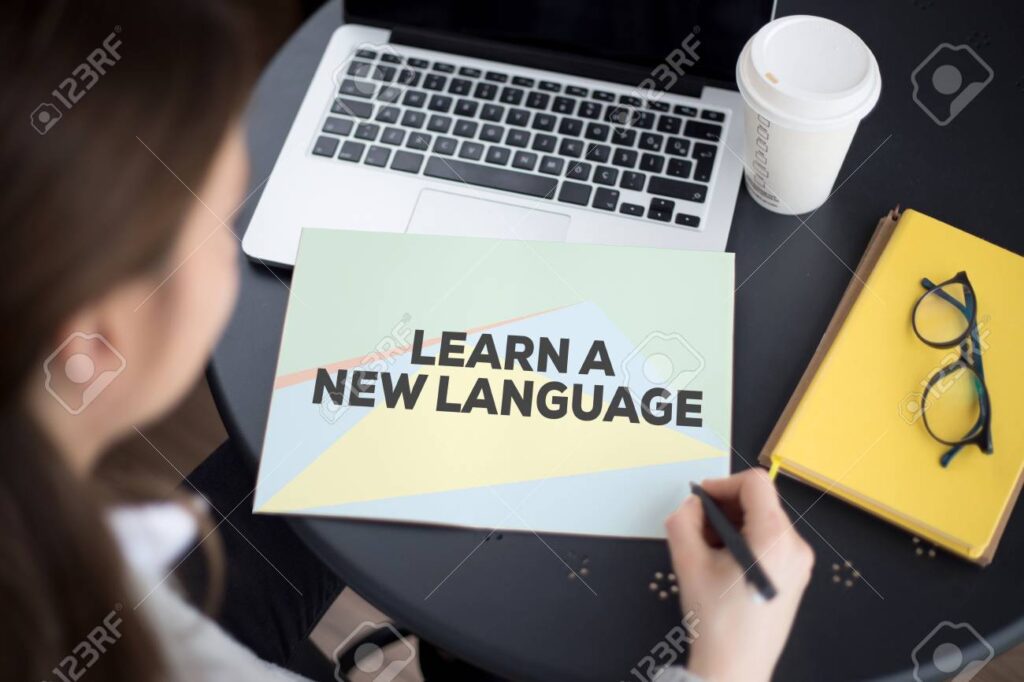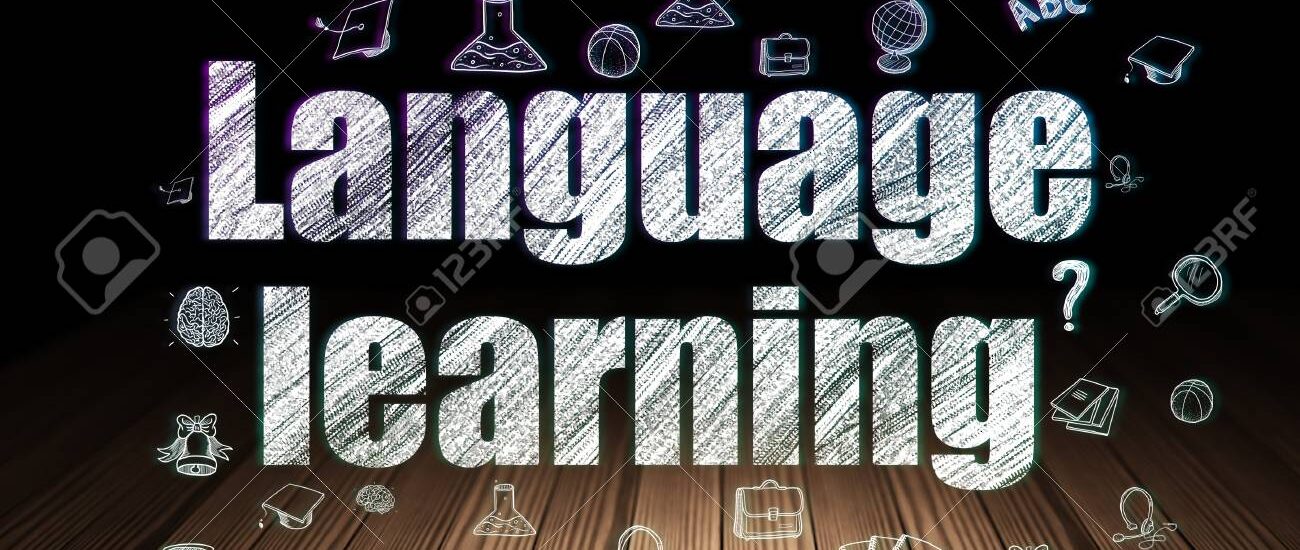A potent and revolutionary method of teaching Learning Language arts is through literature. It creates a compelling and comprehensive Learning Language experience by fusing the richness of literary works with the study of Learning Language. We’ll look at seven fascinating ways that teaching Learning Language skills via literature can boost literacy, improve education, and cultivate a love of reading in this extensive guide. You will understand why it is both beneficial and enriching to integrate literature into Learning Language arts instruction by exploring the advantages and tactics of this method.
Table of Contents
The Storytelling Power: Improving Understanding and Critical Thinking
Stories have the ability to improve comprehension and critical thinking abilities, which makes them an excellent tool for teaching Learning Language arts. Through literature, kids can gain insights into various cultures, historical eras, and viewpoints, which enhances their comprehension of language.
How Reading Improves Understanding

Contextual Learning: Students acquire vocabulary and grammatical structures in context when they interact with a variety of genres and styles, which enhances comprehension and retention.
Deep Analysis: Because literary works frequently have intricate themes and multi-layered meanings, they inspire students to analyse and interpret texts in ways that go beyond their cursory knowledge.
Diverse Viewpoints: Students’ exposure to literature from many cultures and historical eras broadens their worldview and develops their critical thinking abilities.
Useful Illustrations
Reading Classics: Books with complex plots that push readers to consider society issues and human nature critically include Harper Lee’s “To Kill a Mockingbird” and George Orwell’s “1984”.
Examining Poetry: Concentrated analyses of language, rhythm, and metaphor can be found in the works of poets like Maya Angelou and Robert Frost.
Increasing Language and Vocabulary Through Literary Exposure
Increasing vocabulary and linguistic proficiency through literary Learning Language arts instruction is a very successful strategy. Students are exposed to a diverse array of vocabulary and idioms through literature, which facilitates their Learning Language repertoire expansion in an interesting way.
How Contextual Clues in Literature Help Develop Vocabulary: When students encounter new words inside the narrative, they are better able to deduce meanings and comprehend usage.
Rich Language: Literary writings frequently include complex vocabulary and a variety of sentence structures, which serve as examples for pupils to follow when they write for themselves.
Reinforcement and Repetition: Repetition of exposure to novel terms and expressions in various settings strengthens acquisition and aids in memory.
Useful Illustrations
Vintage Books: Students are exposed to a wide variety of words when they read books.
Children’s Literature: Books like Roald Dahl’s “Matilda” or E.B. White’s “Charlotte’s Web” expose young readers to new vocabulary in an approachable and entertaining way.
Encouraging Expression and Creativity Through Literary Study

Studying Learning Language arts via literature develops creativity and self-expression in addition to technical proficiency. Literature inspires pupils to discover their own voices by offering them examples of creative writing.
How Reading Promotes Originality
Exposure to Diverse Styles: Reading a wide range of genres and literary styles encourages pupils to try new things when they write for themselves.
Creative Tasks: Students are encouraged to utilise their imaginations and experiment with various storytelling methods through literature-based writing prompts and activities.
Modelling Effective Writing: Students can improve their own writing by studying how authors create characters, structure stories, and utilise descriptive Learning Language.
Useful Illustrations
Prompts for Creative Writing: Use literary themes from books like C.S. Lewis’s “The Chronicles of Narnia” or J.K. Rowling’s “Harry Potter” to motivate creative writing assignments.
Poetry Creation: Students can write creative poetry by studying the works of poets like Emily Dickinson and Langston Hughes.
More Information Click Here
Developing Analytical Capabilities via Literary Analysis
Reading, evaluating, and analysing texts are all part of the process of teaching language arts through literature. Students benefit from literary criticism by honing analytical abilities that are useful outside of the classroom.
How Critical Reading Strengthens Analytical Capabilities
Critical Thinking: Students are encouraged to think critically and express their own opinions by analysing many interpretations of a book.
Interpretation of Text: Plot, character, and theme analysis, as well as close reading, aid in students’ development of a deeper comprehension of texts.
Debate and Discussion: Students can express and defend their opinions during conversations about literary works, which promotes critical discourse.
Useful Illustrations
Dispute-Related Themes: Read books like J.D. Salinger’s “The Catcher in the Rye” or William Golding’s “Lord of the Flies” to spark class discussions about themes and motivations of the characters.
Essays requiring students to analyse literary components and bolster their claims with textual evidence should be assigned.
Using Literature to Link Historical and Cultural Contexts
Studying language arts through literature gives pupils insightful knowledge of historical and cultural backgrounds, which broadens their perspective on the world. The social, political, and cultural context in which literature is written is frequently reflected in it.
How Literary Works Link Contexts
Historical insights: Reading literature or historical fiction from many eras aids pupils in comprehending historical occurrences and societal shifts.
Cultural Sensitivity and Awareness: Reading books from many cultures increases one’s cultural sensitivity and awareness.
Reflecting Society: Students get a deeper knowledge of cultural dynamics by examining how literature both reflects and critiques societal norms and challenges.
Useful Illustrations of Historical Fiction Books like Anthony Doerr’s “All the Light We Cannot See” and Markus Zusak’s “The Book Thief” include historical background and first-person accounts from various eras.
Cultural Exploration: Students are exposed to a variety of cultural viewpoints and experiences through reading works by authors like Isabel Allende and Chinua Achebe.
Improving Communication Abilities Through Reading

Students’ language arts instruction through books also improves their oral and written communication abilities. Students who engage with literature are better able to articulate concepts in a clear and concise manner.
How Reading Improves Communication
Writing Skills: Students’ writing talents and strategies are enhanced via the analysis and imitation of literary styles.
Public Speaking: Students can improve their public speaking and presentation abilities by engaging in discussions and giving presentations on literary subjects.
Participating in literary circles and group conversations enhances listening and understanding abilities.
Useful Illustrations
Literary Discussions: Set up book clubs or discussion groups so that students can express their ideas and react to those of others.
Presentations: Ask students to discuss and analyse particular literary devices employed by authors, or they can discuss their favourite literary works.
Using Literature to Foster Lifelong Reading Habits
Fostering a lifelong love of reading is one of the biggest advantages of teaching language arts via literature. A lifetime love of reading is fostered by exposure to a wide range of engaging literature.
How Books Encourage Lifelong Reading
Interesting Narratives: Reading for pleasure outside of the classroom is encouraged for kids by compelling stories and likeable characters.
Diverse Genres: Students are better able to identify their own reading preferences and interests when they are exposed to a variety of genres and authors.
Reading for Pleasure: Promoting reading for pleasure over academic goals helps kids develop a good attitude towards the book.
Useful Illustrations
Reading Difficulties: To keep students interested and motivated, create book lists or reading challenges that feature a variety of authors and genres.
Author Studies: To assist students find new interests and authors they like, explore works by a variety of authors and genres.
More Information Click Here
FAQ:
Learning Language Arts Through Literature
What Is Learning Language Arts Through Literature?
Learning language arts through literature is an educational approach that integrates the study of literature into language arts instruction. This method emphasizes using literary texts—such as novels, short stories, poetry, and plays—as a primary vehicle for teaching various aspects of language arts, including reading comprehension, writing skills, vocabulary development, and critical thinking.
Key Components
Reading Comprehension: Analyzing and interpreting literary texts helps students understand and retain information better.
Writing Skills: Literature provides models for effective writing, including narrative techniques, style, and structure.
Vocabulary Development: Exposure to rich and diverse language through literature expands students’ vocabulary.
Critical Thinking: Engaging with complex texts fosters critical thinking and analytical skills.
Why Is Learning Language Arts Through Literature Effective?
Learning language arts through literature is effective for several reasons:
Engaging Content
Literary texts often present compelling stories and complex characters that engage students’ imaginations and emotions. This engagement can make learning more enjoyable and memorable.
Contextual Learning
Literature provides context for new vocabulary and grammatical structures. Students learn words and concepts within the context of a story, which enhances their understanding and retention.
Development of Critical Skills
Analyzing literature involves critical thinking, interpretation, and evaluation.
Exposure to Diverse Perspectives
Literary works offer insights into different cultures, historical periods, and viewpoints, broadening students’ understanding of the world.
What Are the Benefits of Integrating Literature into Language Arts Instruction?
Integrating literature into language arts instruction offers numerous benefits:
Improved Reading Comprehension
Students develop better reading comprehension skills as they learn to analyze and interpret texts. This includes understanding plot, character development, and thematic elements.
Enhanced Writing Skills
Exposure to various writing styles and techniques in literature provides models for students to emulate. This helps them develop their own writing skills, including narrative, descriptive, and analytical writing.
Expanded Vocabulary
Literature introduces students to a rich array of vocabulary. Learning words in context helps students grasp their meanings and usages more effectively.
Fostered Critical Thinking
Engaging with literary texts encourages students to think critically about themes, characters, and societal issues. This promotes analytical skills and the ability to form and defend opinions.
Cultural Awareness
Reading literature from diverse cultures and historical periods helps students understand and appreciate different perspectives and experiences.
How Can Teachers Incorporate Literature into Language Arts Curriculum?
There are several strategies teachers can use to incorporate literature into their language arts curriculum:
Select Diverse Texts
Choose a range of literary texts that represent different genres, cultures, and historical periods. This ensures that students are exposed to a variety of writing styles and perspectives.
Integrate Literary Analysis
Incorporate activities that focus on analyzing literary elements such as theme, character, plot, and symbolism. This can include class discussions, written responses, and creative projects.
Use Literature-Based Writing Prompts
Develop writing prompts that are inspired by the literary texts students are reading. This helps students practice writing skills while engaging with the material.
Encourage Independent Reading
Encourage students to read independently by providing access to a diverse selection of books. Independent reading fosters a love for literature and helps students develop their reading skills.
.
What Are Some Effective Literary Texts for Language Arts Instruction?
When selecting literary texts for language arts instruction, consider the following categories:
Classic Novels
Classic novels often provide rich content for analysis and discussion. Examples include:
“To Kill a Mockingbird” by Harper Lee: Explores themes of justice, race, and morality.
“1984” by George Orwell: Examines issues of totalitarianism and surveillance.
- Poetry
Poetry offers opportunities for analyzing language, rhythm, and metaphor. Notable poets include:
Robert Frost: Known for his evocative imagery and exploration of nature.
Maya Angelou: Celebrated for her powerful reflections on identity and social justice.
- Short Stories
Short stories provide concise narratives that are ideal for focused analysis. Examples include:
“The Lottery” by Shirley Jackson: A thought-provoking story about tradition and conformity.
“A Good Man is Hard to Find” by Flannery O’Connor: Explores themes of morality and redemption.
- Contemporary Fiction
Contemporary fiction can address current issues and engage students with modern narratives. Examples include:
“The Hate U Give” by Angie Thomas: Addresses themes of race and activism.
“Wonder” by R.J. Palacio: Explores themes of kindness and acceptance.
- Non-Fiction and Memoirs
Non-fiction texts and memoirs provide real-life perspectives and experiences. Examples include:
“The Diary of a Young Girl” by Anne Frank: Offers insights into the Holocaust and human resilience.
“Becoming” by Michelle Obama: Provides a personal account of the former First Lady’s life and experiences.
How Does Learning Language Arts Through Literature Foster Critical Thinking?
Learning language arts through literature fosters critical thinking by:
Encouraging Analysis
Literary analysis requires students to examine and interpret various elements of a text, such as theme, character, and plot. This analytical approach develops critical thinking skills.
Promoting Interpretation
Engaging with complex texts encourages students to form and support their own interpretations and opinions. This helps develop reasoning and argumentative skills.
What Are Some Challenges of Learning Language Arts Through Literature?
While learning language arts through literature offers many benefits, it also presents some challenges:
Diverse Reading Levels
Students may have varying reading levels, making it challenging to select texts that are appropriate for everyone. Differentiating instruction and providing varied text options can help address this issue.
Complexity of Texts
Some literary texts may be complex and difficult for students to understand. Providing background information and context, as well as breaking down challenging texts into manageable segments, can help.






